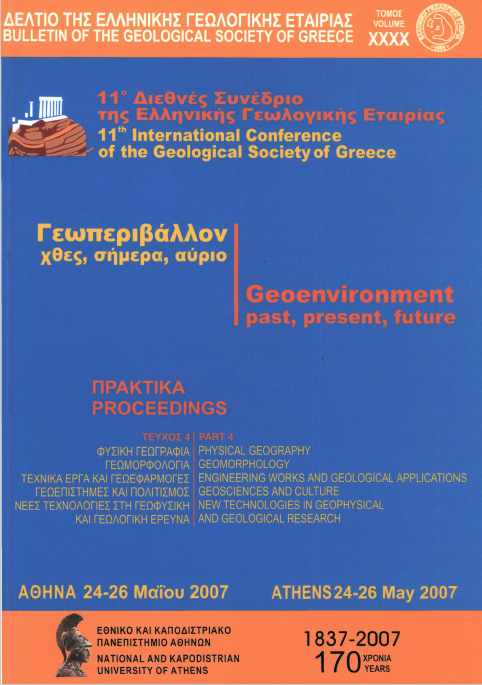Preservation of villages constructed on sliding areas - a case study from Karditsa Prefecture, Greece

Abstract
The mountainous areas of the Greek dominion are occupied by many occasionally inhabitable villages that were deserted because of the fact that they were founded on areas affected by landslides. Many of those villages, during the last years, were reconstructed and their houses were turned into occasionally inhabitable country houses. The proposed support and protection measures for the reconstruction of those villages must follow the rules of the rational management of the financial sources. The construction of expensive retaining structures in order to protect deserted houses or building sites of insignificant value is inexcusable. In those cases the geological studies must precede all reconstruction activities. Those studies can provide detailed guide-lines in order to prevent the reactivation of the landslides and/or to reduce the implications in case of reactivation. Also, the geological studies can determine the necessary combination of the protection and support measures capable to block the preparatory and the triggering causal factors of the sliding movements. This way, the cost of the applied measures reduces to acceptable levels, compatible to the occasional use of those villages. Petroxori village (Argithea district, Karditsa prefecture) is a typical example of a village constructed on an unstable area that generated several geotechnical problems. The evaluation of those problems and the presentation of the proposed measures can be a useful reference for the confrontation of similar situations
Article Details
- How to Cite
-
Loupasakis, C., & Karfakis, J. (2007). Preservation of villages constructed on sliding areas - a case study from Karditsa Prefecture, Greece. Bulletin of the Geological Society of Greece, 40(4), 1703–1709. https://doi.org/10.12681/bgsg.17088
- Section
- Engineering Works and Geological Applications

This work is licensed under a Creative Commons Attribution-NonCommercial 4.0 International License.
Authors who publish with this journal agree to the following terms:
Authors retain copyright and grant the journal right of first publication with the work simultaneously licensed under a Creative Commons Attribution Non-Commercial License that allows others to share the work with an acknowledgement of the work's authorship and initial publication in this journal.
Authors are able to enter into separate, additional contractual arrangements for the non-exclusive distribution of the journal's published version of the work (e.g. post it to an institutional repository or publish it in a book), with an acknowledgement of its initial publication in this journal. Authors are permitted and encouraged to post their work online (preferably in institutional repositories or on their website) prior to and during the submission process, as it can lead to productive exchanges, as well as earlier and greater citation of published work.







